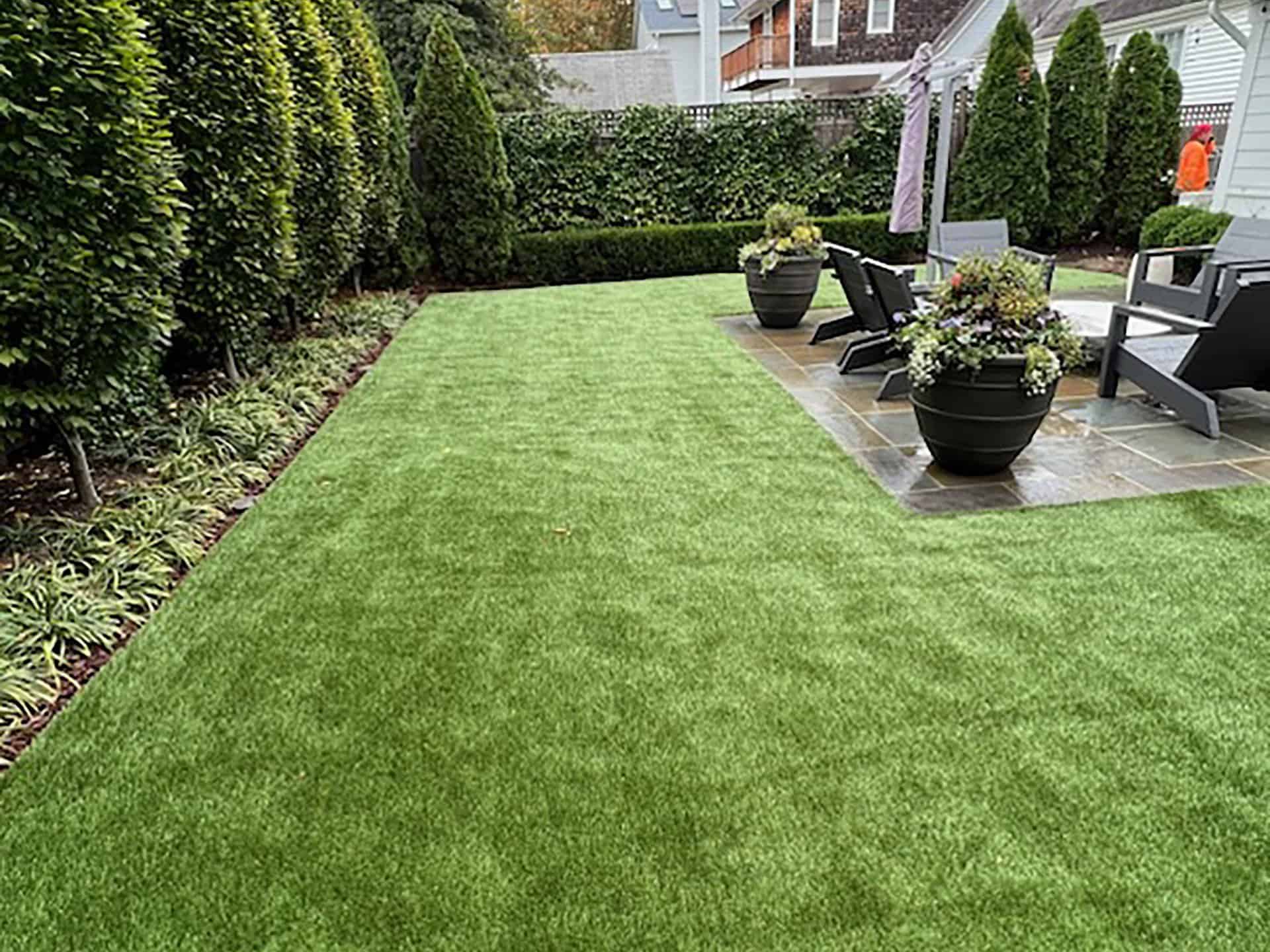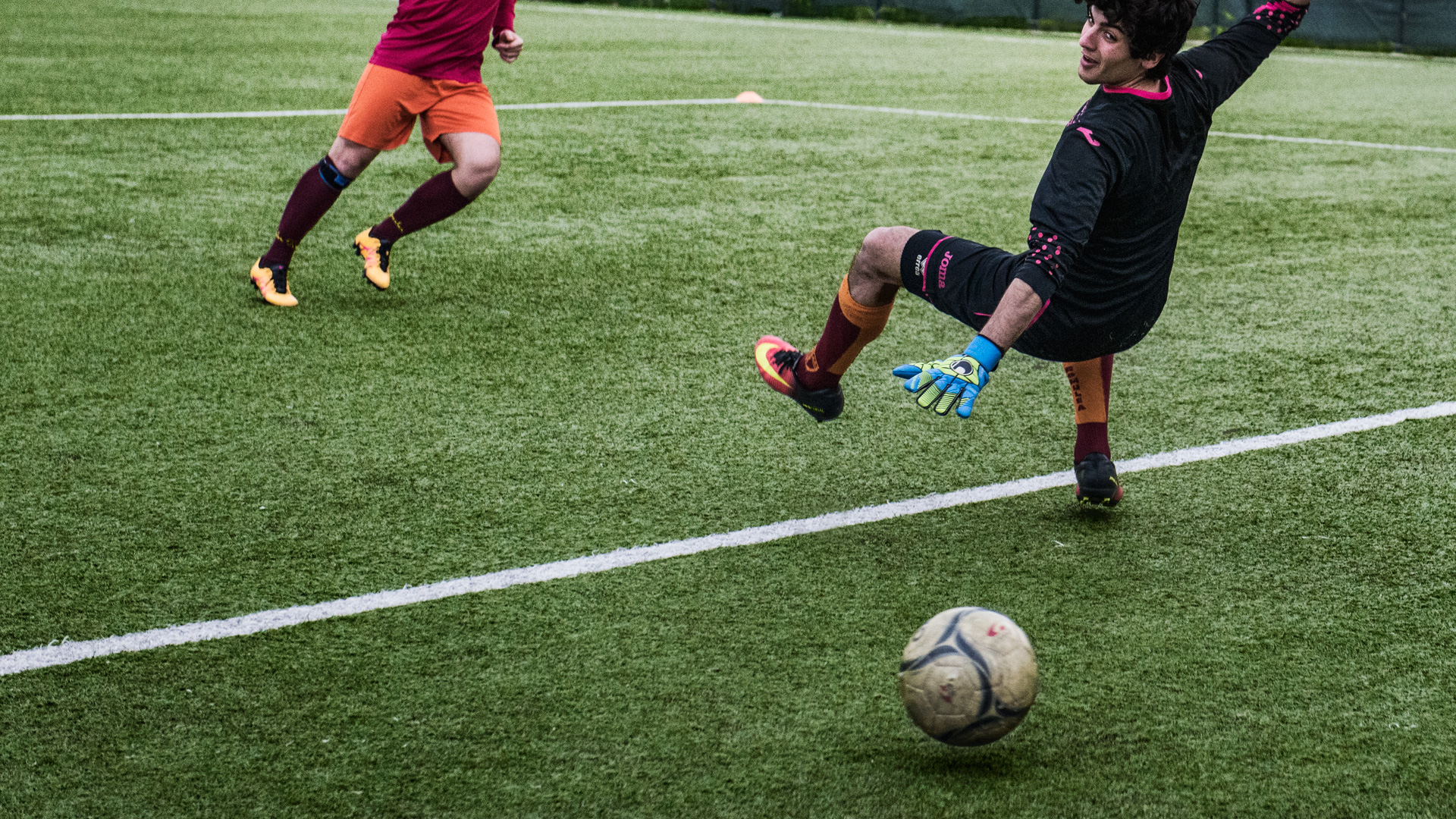Experience a Perfect Lawn with Arizona Artificial Turf for Any Outdoor Space
Experience a Perfect Lawn with Arizona Artificial Turf for Any Outdoor Space
Blog Article
Delve Into the Environmental Perks of Opting for Synthetic Grass Solutions
The adoption of synthetic turf solutions provides a compelling possibility to attend to pressing environmental obstacles. By considerably lowering water usage and lessening the application of harmful chemicals, these alternatives not only advertise lasting landscape design but also protect regional ecosystems.
Water Conservation Advantages
Among the most significant advantages of fabricated lawn is its ability to save water. Standard grass lawns require considerable irrigation, especially in locations vulnerable to drought or water limitations. In contrast, artificial lawn does not need watering, significantly lowering the overall demand for water sources. This attribute is specifically valuable in dry regions where water shortage is a pressing issue.
By removing the demand for routine watering, artificial turf adds to lasting landscape techniques and aids minimize the ecological influence of extreme water consumption. In addition, the conservation of water expands to the reduction of drainage, which can result in dirt disintegration and waterway contamination.
In addition, the setup of synthetic grass enables house owners and districts to allocate water resources a lot more effectively, concentrating on crucial uses such as alcohol consumption water and farming. The change towards synthetic grass not only advertises liable water usage however additionally straightens with broader ecological objectives targeted at preserving all-natural sources.
As areas significantly focus on sustainability, the water preservation benefits of synthetic grass provide an engaging situation for its adoption in commercial and domestic landscape design tasks.
Minimized Chemical Usage
The transition to man-made grass dramatically decreases the dependence on chemical therapies commonly made use of in natural grass upkeep. Traditional turf management commonly entails the application of pesticides, herbicides, and fertilizers to advertise growth and control pests. These chemicals can present threats to human wellness, neighborhood wildlife, and the environment, adding to soil and water contamination.
In contrast, synthetic grass removes the need for these hazardous materials. When mounted, it requires minimal maintenance, mainly including routine cleansing and seldom infill replenishment. This reduction in chemical use not just profits the instant environment but likewise adds to wider eco-friendly stability. By decreasing the launch of synthetic compounds right into the community, synthetic grass advertises much healthier dirt and water systems.
In addition, the lack of chemical runoff linked with synthetic grass installations assists protect local waterways from pollution, sustaining aquatic life and preserving biodiversity. Phoenix turf companies. As communities significantly prioritize sustainable practices, selecting artificial turf offers a sensible option that aligns with environmental conservation goals. With this change, homeowner can appreciate lavish environment-friendly areas without compromising environmental wellness, paving the method for a more sustainable future
Reduced Carbon Impact

Furthermore, the installation of synthetic grass can cause substantial water preservation. Natural lawns call for considerable quantities of water for irrigation, which not only adds to the carbon impact connected with water removal and treatment but also strains regional water sources. On the other hand, synthetic grass requires marginal upkeep, calling for no watering, thereby substantially lowering water usage and its associated energy expenses.
Furthermore, the long life of synthetic grass adds to its decreased carbon effect. With a life expectancy of approximately 15 years or even more, the demand for constant substitutes is lessened, causing much less waste and reduced power usage in manufacturing and getting rid of typical turf choices. In general, man-made grass presents a sustainable option you can try these out for environmentally mindful landscaping.
Habitat Conservation
Environment conservation is an important consideration in the argument over landscape design selections, especially when comparing synthetic grass to all-natural turf. All-natural lawn lawns frequently require considerable upkeep, including making use of plant foods, herbicides, and pesticides, which can adversely affect local ecosystems. These chemicals can seep into the dirt and waterways, damaging native plants and fauna and disrupting regional habitats.
In comparison, man-made turf offers an opportunity to lower the ecological impact of landscaping. By choosing artificial turf, home owners can reduce the disturbance of natural environments related to standard lawn treatment practices. Synthetic grass eliminates the requirement for harmful chemicals, consequently protecting close-by wild animals and keeping the integrity of surrounding ecological communities. Moreover, the setup of fabricated lawn can lead to the conversion of former lawn locations right into even more biodiverse landscapes, such as pollinator yards or indigenous plant areas, which can support local wildlife.
Inevitably, the shift to i loved this synthetic grass not just preserves water and decreases maintenance initiatives but additionally cultivates a much more harmonious relationship in between human activities and the native environment, promoting environment conservation while doing so.
Long-Term Sustainability
Long-term sustainability is an important consider assessing the benefits of synthetic grass over traditional yard lawns. Among one of the most significant advantages of synthetic grass is its durability; it can last approximately 15-20 years with minimal upkeep, whereas natural yard needs constant reseeding and replacement. This longevity reduces the demand for continuous sources, such as water, fertilizers, and chemicals, which are important for keeping a healthy yard lawn.
Furthermore, artificial grass contributes to a decrease in carbon exhausts connected with grass care devices. Typical lawns usually require gas-powered lawn mowers, leaners, and blowers, all of which contribute to air contamination. Turf installation phoenix az. On the other hand, synthetic grass gets rid of the requirement for such equipment, advertising a cleaner setting
Moreover, the production of synthetic grass increasingly uses recycled materials, boosting its sustainability account. As manufacturers adopt environment-friendly techniques, the ecological footprint of synthetic grass remains to decrease.

Final Thought
The adoption of synthetic grass options offers substantial ecological benefits, consisting of considerable water conservation, decreased reliance on damaging chemicals, and a lower carbon footprint. Additionally, synthetic grass aids in maintaining all-natural environments by reducing land disturbance and promoting lasting sustainability via using long lasting materials. Jointly, these aspects highlight the potential of fabricated grass to contribute favorably to environmental health and supply a feasible option to traditional landscape design practices in an increasingly resource-conscious globe.
In contrast, man-made turf does not require watering, considerably reducing the general demand for water sources. By minimizing the launch of synthetic substances into the ecological community, synthetic lawn promotes much healthier soil and water systems.
In addition, the installation of man-made lawn can result in substantial water conservation. In comparison, synthetic lawn needs very little upkeep, needing no watering, therefore substantially lowering water usage and its connected power costs.

Report this page